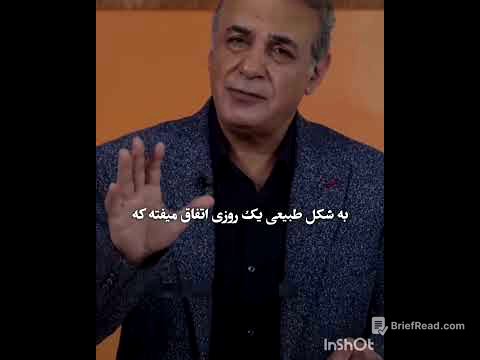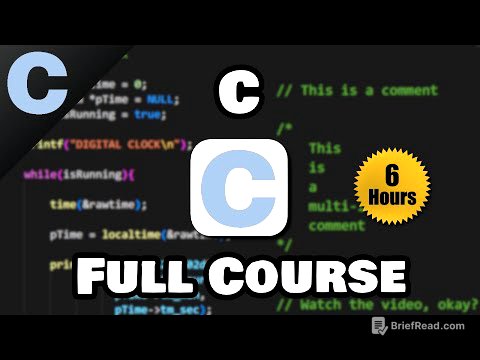TLDR;
Christy Van explains how banks profit from mortgages due to the way interest is calculated and offers a strategy to reduce interest payments and pay off a home in a fraction of the time. She uses a real-life scenario of a couple with a $135,000 mortgage at 7.75% interest to illustrate the potential savings. The strategy involves using a line of credit to make periodic lump-sum payments on the mortgage principal, which significantly shortens the loan term and reduces the total interest paid.
- Mortgages are structured so that the majority of early payments go toward interest rather than the principal.
- Using a line of credit to make lump-sum payments on the mortgage principal can drastically reduce the total interest paid and shorten the loan term.
- Refinancing may not always be the best option, as it can reset the interest payment schedule.
Introduction [0:00]
Christy Van introduces the topic of how banks exploit finances through mortgages and how individuals can take control of their money. She emphasizes the importance of understanding the tools available to escape debt and challenges the conventional belief that mortgages are the only way to buy a home. The video aims to reveal the truth about interest rates and empower viewers to make informed financial decisions.
The Couple's Financial Situation [1:18]
Christy shares a real-life scenario of a couple with a monthly income of $5,200 and expenses of $4,100, leaving them with a cash flow of $1,100 per month. They purchased a home for $150,000, made a $15,000 down payment, and took out a $135,000 mortgage with a 30-year term at a 7.75% interest rate. She highlights the high interest rates and encourages viewers to examine their mortgage contracts to understand the actual interest they are paying.
Understanding True Interest Rates [2:27]
Christy urges viewers to review their mortgage documents and find the section that discloses the actual interest rate, which is often much higher than the advertised rate. She explains that a 7.75% interest rate can translate to over 150% in interest paid over the life of the loan. She illustrates how in the initial months, the majority of the mortgage payment goes towards interest, with very little reducing the principal balance.
The Impact of a $10,000 Lump Sum Payment [4:25]
Christy suggests using a $10,000 line of credit to make a lump-sum payment on the mortgage principal. She addresses the common objection that many people don't have $10,000 available, explaining that lines of credit are accessible tools at most banks and credit unions. She emphasizes that this strategy is based on math, not magic, and can significantly reduce the total interest paid.
Using a Line of Credit for Mortgage Payments [5:31]
Christy explains how to use a $10,000 line of credit with a 14% interest rate to manage mortgage payments. By depositing income into the line of credit and paying expenses from it, the balance decreases. She calculates the interest on the line of credit, showing that it can be paid off in about six months. This method allows for periodic $10,000 payments to be made on the mortgage principal every seven months.
The Power of Amortization Schedules [8:06]
Christy explains that making a $10,000 lump-sum payment on the $135,000 mortgage reduces the balance to $125,000 and, according to the amortization schedule, skips almost seven years of payments, saving $65,520 in interest. She further illustrates that making a second $10,000 payment seven months later skips another five years, saving an additional $37,681 in interest.
Accelerating Mortgage Payoff [9:58]
Christy demonstrates that by making nine more $10,000 payments, the mortgage can be paid off in full in 77 months (6.5 years). The total interest paid using this strategy is $31,644 in mortgage interest and approximately $5,159 in line of credit interest, totaling $36,803. This is significantly less than the $213,176.35 in interest that would be paid on the original 30-year mortgage.
Conclusion: Taking Control of Finances [11:16]
Christy emphasizes the significant savings in interest ($176,373.35) and time (23.5 years) achieved by using a line of credit to make lump-sum payments on the mortgage principal. She encourages viewers to explore personal and home equity lines of credit, and first lien HELOCs to gain control over their finances. She warns against refinancing without understanding the terms and urges viewers to save their wealth and invest in themselves. Christy concludes by highlighting that banks provide the tools for financial control, but individuals must be aware and take action to use them effectively.









